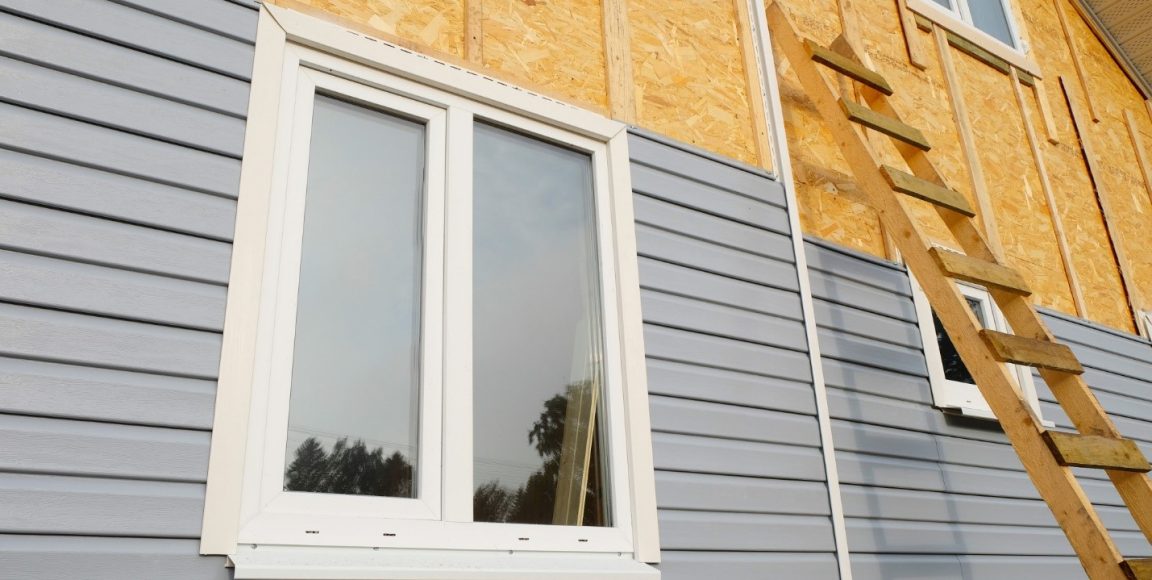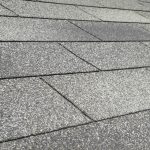Did you know that as much as 7% of a home’s selling price is due to its curb appeal and that of the property next to it? So, it’s no wonder real estate experts advise sellers to boost curb appeal before selling a home.
Installing house siding, in turn, is one of the primary ways to achieve that goal.
But what is siding, and how does it improve curb appeal? Is it only for aesthetic enhancement, or does it bring other benefits? What about the available siding material options; which one should you choose?
We’ll answer all those questions in the comprehensive guide below, so read on.
What Is Siding?
Siding is a decorative and protective cladding material used on a home’s exterior. You can think of it as the skin of a house; it covers the outermost walls. And like the skin, it beautifies what’s outside while protecting what’s within.
How Does Siding Improve Curb Appeal?
Without siding, bare walls are at the mercy of pollutants like dust, dirt, and grime. They’re also at risk of mold, mildew, rot, or in the case of metal, corrosion.
Imagine if your home had bare walls coated with thick layers of muck. You most likely would want to live somewhere else.
If that’s how you’d feel, imagine how other people would react, especially home buyers.
Even if you don’t plan to sell your home, you should still aim for incredible curb appeal. After all, it’s the first thing you see from the outside. So, if it doesn’t make you feel good, you’ll likely carry those unpleasant emotions inside your home.
Siding can help give your home a facelift by hiding flaws on the outermost surface of exterior walls. It also protects them from damages like dents and unsightly issues like mold, mildew, and rust.
Some siding materials can even resist those external elements. As a result, they can keep their fresh and clean appearance for longer.
Siding still requires upkeep, but compared to walls, it’s easier to maintain. Most are good with an annual pressure wash.
What Other Benefits Does Siding Bring?
Siding provides an additional layer of protection against external water penetration. For example, it helps block rain, snow, hail, and melting ice from seeping into exterior walls. In this way, it also aids in keeping indoor dampness and mold issues at bay.
Depending on the siding material you choose, it can provide insulating properties. This can then help regulate your home’s indoor temperature and comfort.
What Are Common Siding Options?
Metal, vinyl, stucco, and fiber cement are some of the most common options. Vinyl is usually the most affordable, while stucco often costs the most.
However, price shouldn’t be your only consideration; so, should elemental resistance and maintenance. Comparing the pros and cons of siding materials can help you make the right choice.
Metal Siding
Aluminum and steel are the two most common forms of metal siding. They look almost like painted wood panels, especially from afar. That gives them a traditional appeal that you may find perfect for a classic home.
Metal siding is resistant to heat and fire. It also resists pests, particularly the boring kind, such as termites. That’s a plus, as these pests force U.S. homeowners to spend over $2 billion yearly trying to exterminate them.
Metal siding is prone to dents, though, and they’re also noisy during lousy weather.
Vinyl Siding
Vinyl is a siding material manufactured from polyvinyl chloride (PVC) resin. Because it’s a type of plastic, it’s easy to mold into customized designs. It can even mimic the looks of wood!
For instance, according to Factory Direct Siding, you can get vinyl cedar shake siding. This type of siding is indistinguishable from genuine wood. Unlike wood, though, it’s not prone to moisture damage, rotting, or pests.
Vinyl siding also costs less than most other siding materials. Yet, despite that, it can last for an average of 60 years, way longer than aluminum, which can only last 25 to 40+ years.
If you wish to make your home more energy-efficient, go for insulated vinyl siding. This type comes with rigid foam insulation that helps keep heat gains and losses at bay.
However, because vinyl is plastic, it’s susceptible to temperature-related damage. For example, it can crack in cold weather. It’s also prone to heat and fire damage.
Stucco Siding
Modern stucco siding consists of Portland cement, sand, and water. It adds texture, depth, and dimension to external walls. You can install it over brick, concrete, wood, metal, or stone surfaces.
Stucco siding has a high resistance rating to fire. That makes it one of the best protective coatings for wood-framed homes.
Since it’s cement-based, stucco also resists pests, mold, rot, corrosion, and noise. It also has a good resistance rating against wind and hail damage.
One of the drawbacks of stucco siding is its involved, rigorous application process. It requires three full coats with a curing time of at least 48 hours. Then, its final layer must remain uncoated for at least a week to protect it from failure or poor bonding.
That process, plus all its benefits, is the chief reason behind stucco’s high price.
Fiber Cement Siding
Fiber cement, like stucco, is also a Portland cement-based siding. However, instead of sand, it uses recycled natural cellulose wood fibers. That makes it a sustainable, resource-efficient option.
Fiber cement siding offers good resistance against moisture and insects. It’s also resistant to heat and flame damage.
Fiber cement costs more than vinyl siding, though. Its materials are also heavy, making DIY installation challenging.
Invest in the Best Home Siding Today
And there you have it, the comprehensive guide answering the question, “what is siding?” Now you know it’s both a decorative and protective element for your home’s external walls. You also learned about the pros and cons of common siding materials.
So, why not use your newly gained knowledge to choose the best siding for your home? The sooner you do, the sooner you can protect your home and boost its curb appeal.
If you liked this guide, you’d surely love our other articles. So, browse more of our blog now!



